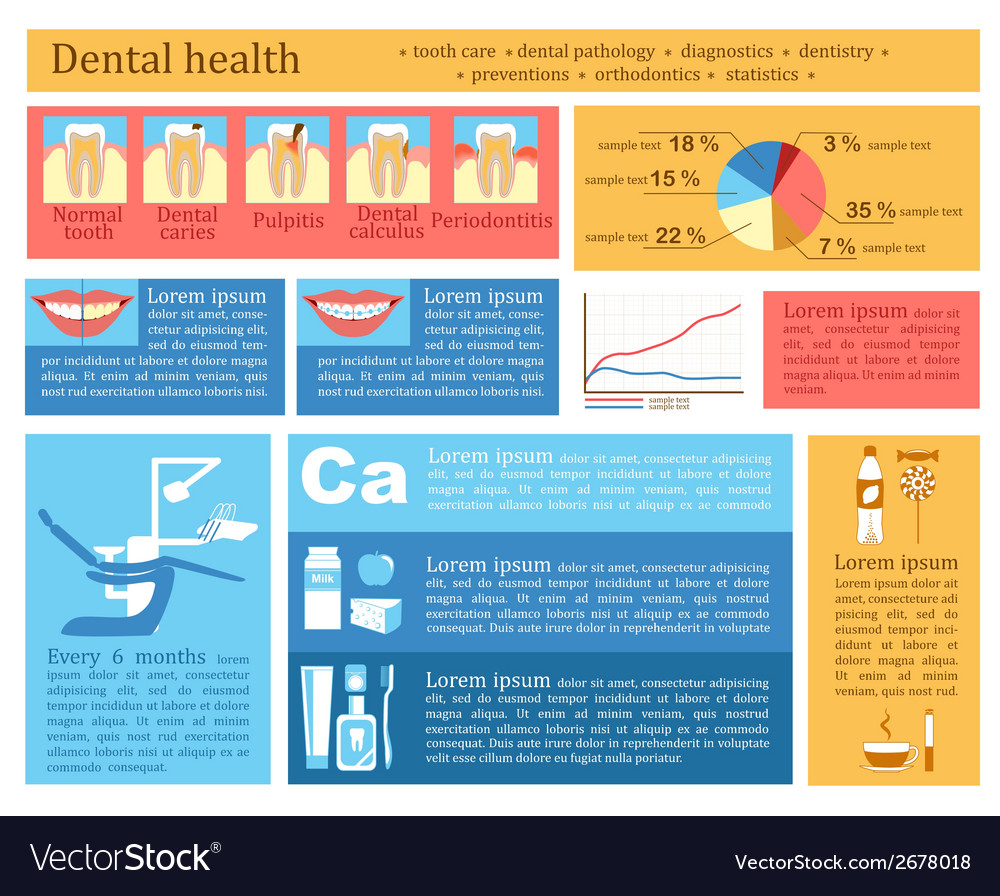An Extensive Analysis Of Invisalign And Conventional Braces: A Comparison
An Extensive Analysis Of Invisalign And Conventional Braces: A Comparison
Blog Article
Article Author-Hamann Isaksen
When faced with the choice between Invisalign and standard braces, you might wonder which alternative aligns better with your lifestyle and preferences. The option involves more than simply the aesthetic allure; it delves into elements like therapy period, comfort, and long-term dental health and wellness impacts. Think about implantation for teeth may carry your everyday regimen and confidence. As we check out the comprehensive comparison, you'll gain insights into the subtleties that make these orthodontic therapies special and uncover which one might be the far better fit for you.
Products and Building and construction
When contrasting Invisalign to traditional dental braces, the materials and building differ significantly. Invisalign includes clear, smooth plastic aligners custom-made to fit your teeth. These aligners are basically unseen, making them a preferred selection for those seeking a much more very discreet orthodontic therapy.
On the other hand, standard dental braces involve steel braces that are glued to your teeth. These brackets are then connected by cables and rubber bands, using stress to progressively move your teeth into the desired setting.
The building of Invisalign aligners enables a more comfy fit compared to typical dental braces. The smooth plastic material minimizes irritation to your cheeks and gums, which is a typical concern with metal braces and wires. Additionally, Invisalign aligners are detachable, making it easier to comb and floss your teeth with no obstructions.
In contrast, standard braces are fixed onto your teeth, needing extra treatment and time for correct maintenance.
Upkeep and Oral Hygiene
The upkeep and oral health practices vary between Invisalign and typical braces as a result of their special layout and construction.
With Invisalign, you can eliminate the aligners when eating or brushing your teeth, enabling you to keep your routine dental health regimen with no obstructions. https://www.reuters.com/business/healthcare-pharmaceuticals/dental-implants-maker-straumann-q1-sales-up-34-2023-05-03/ to comb your teeth after consuming prior to putting the aligners back on to stop food bits from getting caught and causing decay.
On the other hand, conventional dental braces call for added interest to keep your teeth clean. Food bits can quickly get embeded the braces and cables, causing plaque build-up and possible dental caries. You'll need to use special tools like interdental brushes or floss threaders to clean in between the cables and braces properly.
Regular oral check-ups and cleansings are vital to make certain that your dental hygiene remains in leading problem while putting on traditional dental braces.
Presence and Appearance
Presence and aesthetic appeals play a significant role in the contrast in between Invisalign and standard braces. When it involves appearance, Invisalign provides a clear benefit over traditional braces. Invisalign aligners are basically invisible, making them a popular selection for those that favor an extra discreet orthodontic therapy option.
Unlike the visible steel brackets and cords of conventional dental braces, Invisalign aligners are transparent and blend in with your natural teeth, permitting you to smile confidently throughout your treatment.
Conventional dental braces, on the other hand, are much more conspicuous as a result of their steel components. While some may choose colorful bands to individualize their braces, others may really feel self-conscious concerning the presence of these orthodontic home appliances. The famous look of traditional dental braces can occasionally influence a person's self-confidence, especially for adults in specialist setups.
Verdict
Finally, when selecting between Invisalign and standard dental braces, consider your way of living and preferences. Invisalign provides a discreet and comfy option with very easy maintenance, while conventional dental braces provide colorful customization yet may influence self-worth.
Eventually, the choice must be based on what works best for you in terms of aesthetic appeals, comfort, and comfort. Make sure to talk to your orthodontist to establish one of the most suitable treatment for your individual needs.
